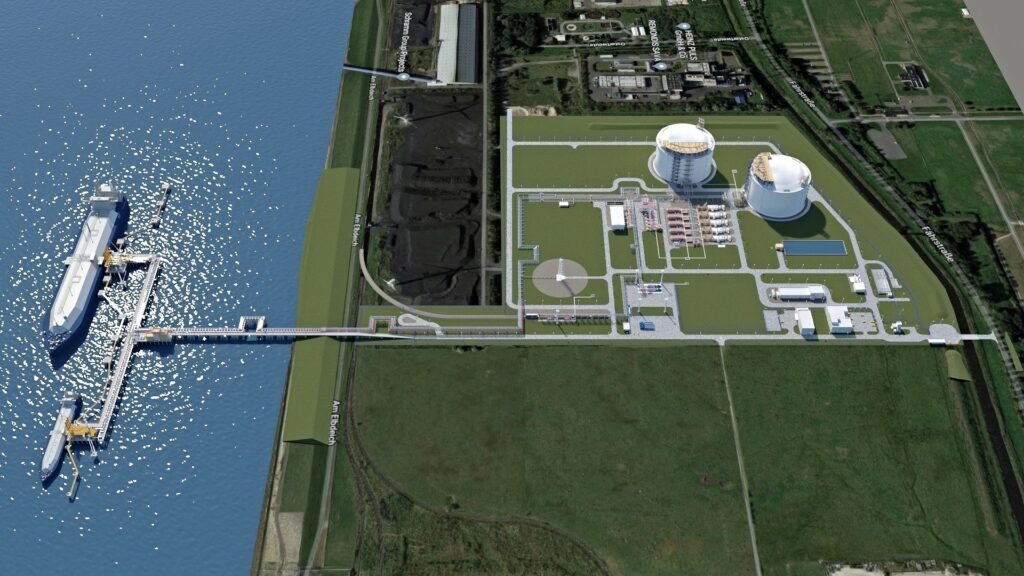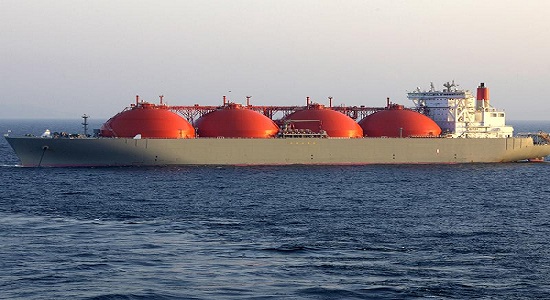

Following the latest developments in relation to the construction of an energy terminal in Brunsbüttel, German LNG Terminal GmbH and Shell have now signed a Memorandum of Understanding (MoU) on the import of LNG through the terminal.
In it, they agree that Shell will make a long-term booking of a substantial part of the Brunsbüttel terminal’s capacity for the import of LNG.
Both parties are currently working towards a binding agreement on the scope and duration of their partnership, and hope to complete it as soon as possible.
“The signed MoU with Shell, as well as the noticeable increase in interest from the market, demonstrates the importance of the import terminal in Brunsbüttel,” said Dr. Michael Kleemiss, Managing Director of German LNG Terminal.
“We are looking forward to working with Shell as another partner in the coming years and will do everything in our power to drive planning and implementation forward rapidly. In doing so, the terminal will not only contribute to energy supply security in Germany, but also, in perspective, to the necessary climate-neutral energy supply.”
Fabian Ziegler, Managing Director of Shell in Germany said: “I am delighted with our agreement with German LNG Terminal.
It is a key step in contributing to security of supply in Germany in the near term as well in more widely in Europe.
LNG is the most flexible form of gas supply, which can adapt quickly to shifting trade patterns and our diverse and flexible global supply portfolio enables us to deliver and
import LNG efficiently where it is needed the most.
With LNG we are helping to meet energy demand, as well as helping to limit CO2 emissions – a crucial part of the energy transition – as natural gas is the cleanest-burning hydrocarbon. And in future the terminal should be convertible to hydrogen or derivatives thereof such as ammonia.”
German LNG Terminal plans to build and operate a combined import and distribution terminal for LNG in Brunsbüttel.
The plans foresee an annual throughput capacity of 8 bcm (natural gas). The terminal will consist of two tanks of 165,000 m³ each for the intermediate storage of LNG, a jetty with two berths for LNG carriers (up to size QMax) and smaller LNG ships as well as facilities for unloading and loading the ships, regasification facilities for conversion back to a gas-ready aggregate state and subsequent injection into the German high-pressure natural gas grid as well as facilities for loading onto tanker trucks, rail tank cars and LNG bunker ships for distribution.
The future import of hydrogen or hydrogen derivatives will also be taken into account from the outset in order to prepare suitable plant components for the potential import of alternative energy sources.
Source: German LNG Terminal













